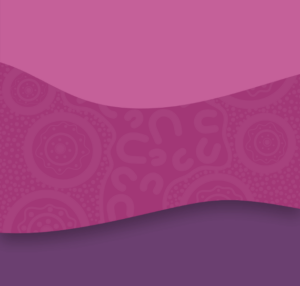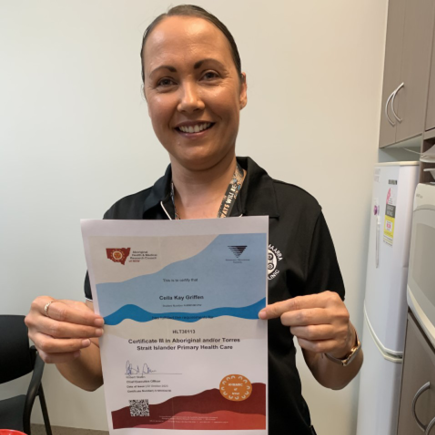In the past few weeks we have seen the inquest into the death in custody of Nathan Reynolds who died following an asthma attack, the conviction of a police officer for the assault of an 18 year old Aboriginal boy in police custody, and the referral of Dwayne Johnstone’s death to the Director of Public Prosecutions for investigation.
At the same time the NSW Parliament has commenced hearings for a new inquiry into oversight of deaths in custody and the mass incarceration of Aboriginal people. NSW CAPO calls on the Government to use this inquiry process as an opportunity to act without delay to rapidly and radically transform the justice system – Aboriginal peoples’ lives depend on it.
NSW CAPO calls on the NSW Government to end deaths in custody and the over-incarceration of our people. Urgent priorities for action include the immediate establishment of a Walama Court; independent investigations of all deaths in custody and police misconduct; raising the age of legal responsibility to at least 14; and the creation of ambitious state-based justice targets.
Almost 30 years ago, the Royal Commission into Aboriginal Deaths in Custody (RCIADIC) highlighted the mass incarceration of Aboriginal and Torres Strait Islander people across Australia. Since the RCIADIC, there have been numerous other Royal Commissions, inquiries, reports and recommendations which have focused on ending the imprisonment of Aboriginal and Torres Strait Islander people and preventing Aboriginal deaths in custody. Yet these reports continue to sit on the shelf gathering dust, and many of the recommendations remain unimplemented both in NSW, and other states and territories.
Deputy Chair of the NSW Aboriginal Land Council (NSWALC) and Co-Chair of NSW CAPO, Charles Lynch:
“Governments must shift from delivering systems predicated on disadvantage, to facilitating the aspirations, priorities and self-determination of Aboriginal peoples. This includes partnering with NSW CAPO to deliver whole-of-government reforms to the justice system.”
NSW AECG President and Co-Chair of NSW CAPO, Cindy Berwick:
“We know that connection to culture, community and education are key protective factors for our kids. We urgently need to end the school-to-prison pipeline, by raising the age of legal responsibility to at least 14 and investing in the supports our kids need to thrive”.
Deputy CEO of First Peoples Disability Network, June Reimer:“It is critical that dedicated resources are provided to Aboriginal community-controlled organisations to provide specialised and culturally appropriate support to Aboriginal people – including the co-location of disability support workers within Aboriginal legal services, to ensure the early detection and diversion of our people with disability away from the criminal legal system.”
CEO of the Aboriginal Health and Medical Council, Robert Skeen:
“Drug addiction should be treated as a health issue rather than a criminal justice issue. Without appropriate and timely rehabilitation and adequate diversionary programs, Aboriginal people proactively seeking treatment are forced into the criminal legal system.”
A/Executive Lead of AbSec – NSW Child, Family and Community Peak Aboriginal Corporation, Bill Prichard:
“It is important to look at the broader systemic issues that are forcing Aboriginal families and kids into the criminal justice system at vastly disproportionate rates. Aboriginal children in NSW are currently 11 times more likely to be removed from their families than non-Aboriginal children. Too often this results in them being forced into the quicksand of the youth justice system.”
”Sadly too often the road leads directly from Out of Home care to youth and adult incarceration.”
CEO of Link up NSW, Janelle Clarke:
“The legacy of past government policies of being separated from families and culture through forced removal, forced adoptions and being raised in institutions, has had long lasting impacts on our people and communities. Greater investment into supporting our people through culturally appropriate reunification programs, counselling services, and the use of circle sentencing such as Walama Court, would serve our people better than the harsh and unjust treatment they receive from the justice system.”
Chair of the Aboriginal Legal Service (NSW/ACT), Mark Davies:
“It is critical that families’ voices are centered in all reforms and that the NSW Government resource and fund Aboriginal community-controlled organisations to help Aboriginal people with high quality culturally safe and timely assistance before, during, and after all coronial processes.”
“With nine coronial matters currently on foot, it is critical that the NSW Government invest in a specialist ALS team to provide wraparound holistic support to families – who are forced to grieve and seek justice simultaneously.”
For more information and media enquiries:
Media contact: Sarah Puckeridge, caposecretariat@alc.org.au















